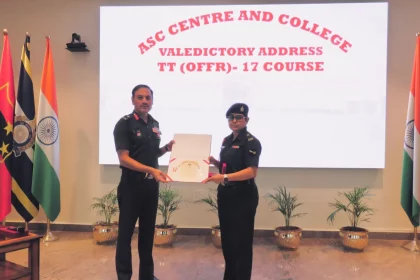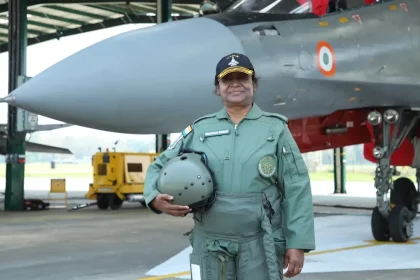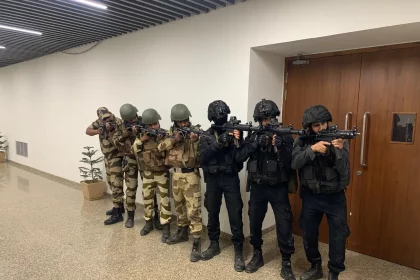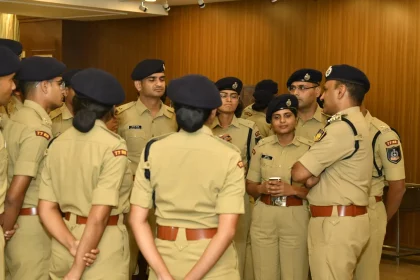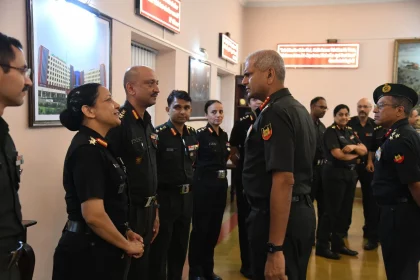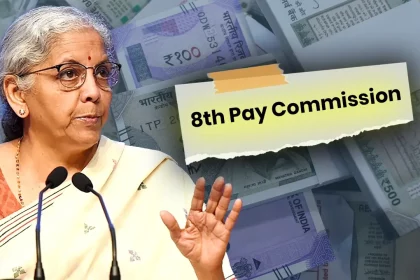Major Nirma Choudhary Named Best Student as Tank Transporter Management Course Concludes at ASC Centre & College Bengaluru
Course strengthens operational logistics and leadership capabilities among ASC officers of the Indian Army.
President Murmu to Take Historic Sortie in Rafale Fighter Jet from Ambala on Wednesday
The President will become the first Indian head of state to fly in a Rafale, highlighting India’s growing air power…
CISF, NSG and Delhi Police Conduct Joint Counter-Terrorism & Hostage Rescue Exercise in New Delhi
Unified Response in Action: CISF, NSG & Delhi Police Conduct Counter-Terror Drill at Kartavya Bhawan.
IPS Probationers of 77th RR Batch Visit CRPF’s Shaurya Officers’ Institute for Immersive Exposure
IPS probationers gain first-hand insight into CRPF’s operational ethos and internal security leadership during their visit to Shaurya Officers’ Institute.
Explosive Ordnance Operation and Training Conference 2025 Held at CME Pune
CME Pune hosted a two-day national-level EOD conference to strengthen India’s counter-IED capabilities through technology and jointness.
Union Cabinet Greenlights Terms of Reference for 8th Pay Commission, Paving Way for Revised Salaries Effective January 2026
The commission has been given an 18-month timeline to submit its report, allowing for interim submissions if necessary on pressing…

